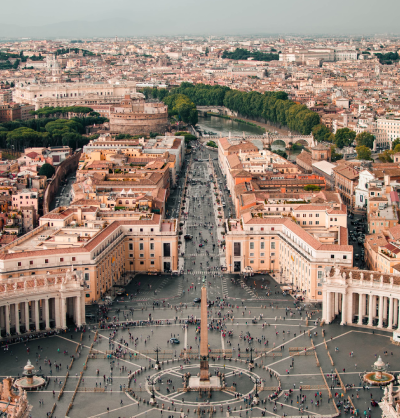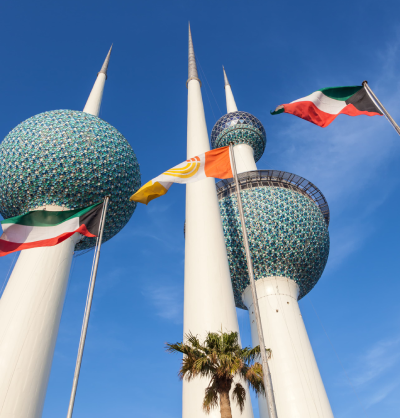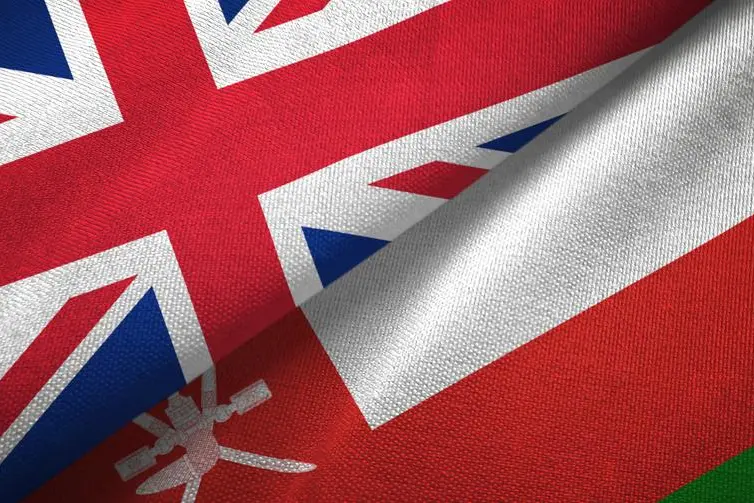OMAN’S special relationship with the United Kingdom (UK) has been a central factor in its modern history. On one level the relationship between a Western imperial great power and the relatively vulnerable southern Arabian Sultanate, situated on the edge of the Indian ‘Raj,’ hardly requires explanation. Yet Sultan Said bin Taymour’s unprecedented world tour of 1937-1938 suggests that the relationship was more contingent than can sometimes be assumed.
Said bin Taymour al Bu Said (1910-72) was born at the height of British power. His father had attended the coronation durbar of King-Emperor Edward VII in Delhi in 1903 and Said himself was educated in the midst of Anglophile Indian royalty at the prestigious Mayo College in Rajasthan. Yet, despite these glamorous imperial associations, British ascendancy in Oman also entailed unwelcome and patronising oversight by British officials. This, in addition to fact that Omani Sultans depended militarily and sometimes financially on their British patrons, meant that sultanly rule in Oman was a frustrating and at times humiliating experience. Said bin Taymour, taking over as Sultan after his father’s abdication in 1932, was just another in a line of sultans who both relied upon and resented the British connection.
For Britain, control over Oman was central for securing its interests in the Gulf and the Indian subcontinent, as well as a valuable potential source of oil. Thus, when it was revealed that Sultan Said was to undertake a world tour, taking in India, Singapore, Japan, the United States, Britain, France, Italy and Germany, in the winter and spring of 1937-1938, the British reaction was icy. Not only was the Sultan embarking on an independent diplomatic initiative, the tour also threatened British hegemony over Muscat by providing opportunities to other powers to woo Oman out of the British sphere. The inclusion of Italy — at the time a fascist state — on the itinerary was especially concerning for London.
But, what was Said’s view on the world he was setting out to see and the British connection which he was apparently defying? While the evidence is partial, being dominated by British sources, we can make some inferences. First, we can posit that the decision to embark on a world tour without consulting the British was a gesture of defiance by a ruler keen to assert his sovereignty. Said’s response to a letter of protest from the British, in which he defended his right to abide by the ‘old procedures’ in handling his own foreign contacts, was a robust statement of independence. His views on the wider world are difficult to gauge, though the fact that he did not ultimately visit Germany and in Italy kept away from the government (travelling incognito) is not suggestive of enthusiasm for the Fascist wave in Europe. It would be indeed difficult to imagine that as an outside spectator of the military build-up in Europe, Said would not have had a keen sense of foreboding, choosing to remain politically distanced from it. The Sultan’s visit to Japan was an unhappy experience, and he complained of being hounded by journalists and fleeced by the tourist industry. In contrast, the American leg — the first official visit by an Arab leader to Washington — was much more pleasant. However, despite an official lunch with President Roosevelt, the Sultan did little to develop closer ties with Washington in the subsequent years and decades.
Ironically, it may have been the British leg of the tour that did most to shape Sultan Said’s views of his and his country’s place in the world. The British government — drawing on a rich tradition of fêting princes from the Empire and its surroundings — treated Said as a real VIP, beginning with an audience with the recently crowned King George VI at Buckingham Palace, and continuing with army, navy and air-force displays – obviously designed to impress the Sultan with British capabilities A range of official and tourist engagements was also included in the itinerary.
Evidence suggests that the Sultan’s visit to Britain played a role in renewing and consolidating the UK’s relationship to Oman. And, during WWII, Said made precious air-force facilities available to both the UK and US, and continued to lease Masirah Island for the use of the RAF into the 1970s. After 1945 Said exclusively visited the UK for his annual vacations and had his son and eventual successor educated in Britain. And in terms of vital overarching policy, Oman, under Said, retained and even deepened the British connection despite the decline of the British Empire and the shift to bipolarity during the Cold War.
Furthermore, on the domestic front, Sultan Said’s dependence on Britain only increased. With British help he was unable without to deal with the growing internal divisions between the Omani coast where the Sultan´s power prevailed and the interior, where the imamate, in Nizwa, challenged his rule. Indeed, this division of power had been formally acknowledged by the British through the Treaty of Seeb in 1920, giving the elected imams de facto power in the interior while still recognizing the overall sovereignty of the sultan in Muscat. The differences in ruling Oman ran deep, as the Omani imamate, based on the precepts of Ibadi Islam, was strongly against the hereditary transfer of power, supporting instead the election of their leaders through a council of tribal authorities. In the 1950s, under Imam Ghalib al-Hinai, the imamate made a strong move towards total independence from Oman´s coastal territory as a response to growing British encroachment in the interior of the country caused by oil prospecting. The move towards independence was so emphatic and visible that the imamate had even attempted to apply for membership of the Arab League. The movement however was crushed by the British, forcing its leaders into exile and allowing the sultan to reestablish authority.
However, despite the Sultan´s victory in Nizwa, his troubles in effectively keeping control over Oma continued. In the early 1960s, a socialist-inspired secession movement based on Pan-Arabist ideals and led by the Dhofar Liberation Front (DLF), erupted in the southern province of Dhofar. The dilemma was that Sultan Said depended on what, to his critics, was an unacceptable ally, the British, while British support for the Sultan was unacceptable to the rebels. The Al Bu Said-Britain nexus, for so long a constant factor in Omani politics, was now inseparable from crisis and breakdown. The revolt in Dhofar was a complex problem; but, from the perspective of sultanly rule, one of the most salient impacts was that it accented Said’s isolation, both domestically and internationally. Withdrawing to his palace in Salalah, Sultan Said proved unable to cultivate much support from other governments in the Middle East, while the United Nations General Assembly generally understood Oman as British colonial project.
In this regard, the 1937-1938 tour looks like a false dawn, a moment when Oman could have pivoted to a more independent foreign policy, but which instead assured Sultan Said that his future lay under the British umbrella. But the Imamate and Dhofar revolts revealed the problems inherent in this assumption. The Sultan’s deep relationship to the UK was exploited by internal and external challengers: they accused him of being an imperialist puppet, and his reluctance to diversify his diplomatic options left him with little regional support during times of crisis. Even the British grew disillusioned at Said’s excessive conservatism and dependence on their military aid and management of external affairs. Said’s failure to suppress the Dhofar rebellion and his reluctance to boost his domestic popularity by initiating development schemes, ultimately caused the British to transfer their support to his son, Qaboos.
Qaboos’s acquisition of power in a 1970 bloodless putsch proved to be a real turning point in Oman’s history, becoming the launchpad for the Omani domestic state-building and the advent of Oman as a mature and truly independent player on the world stage. As for Sultan Said, after a clumsy act of resistance which led to him shooting himself in the foot while barricaded in a room in his palace, he agreed to abdicate – but only in the presence of a British officer. Without delay, he was flown by the RAF to Britain where he would die two years after the deposition, never having returned to Oman.
Resources
- https://www.historytoday.com/miscellanies/sultan-imam-and-question-oman
- https://www.qdl.qa/en/financial-troubles-said-bin-taimur
- https://www.qdl.qa/en/archive/81055/vdc_100000000193.0x0001b4
- https://www.nytimes.com/1970/09/05/archives/coup-in-oman-out-of-arabian-nights-into-20th-century.html?smid=url-share
- https://www.egic.info/britain-education-of-sultan-qaboos-of-oman








